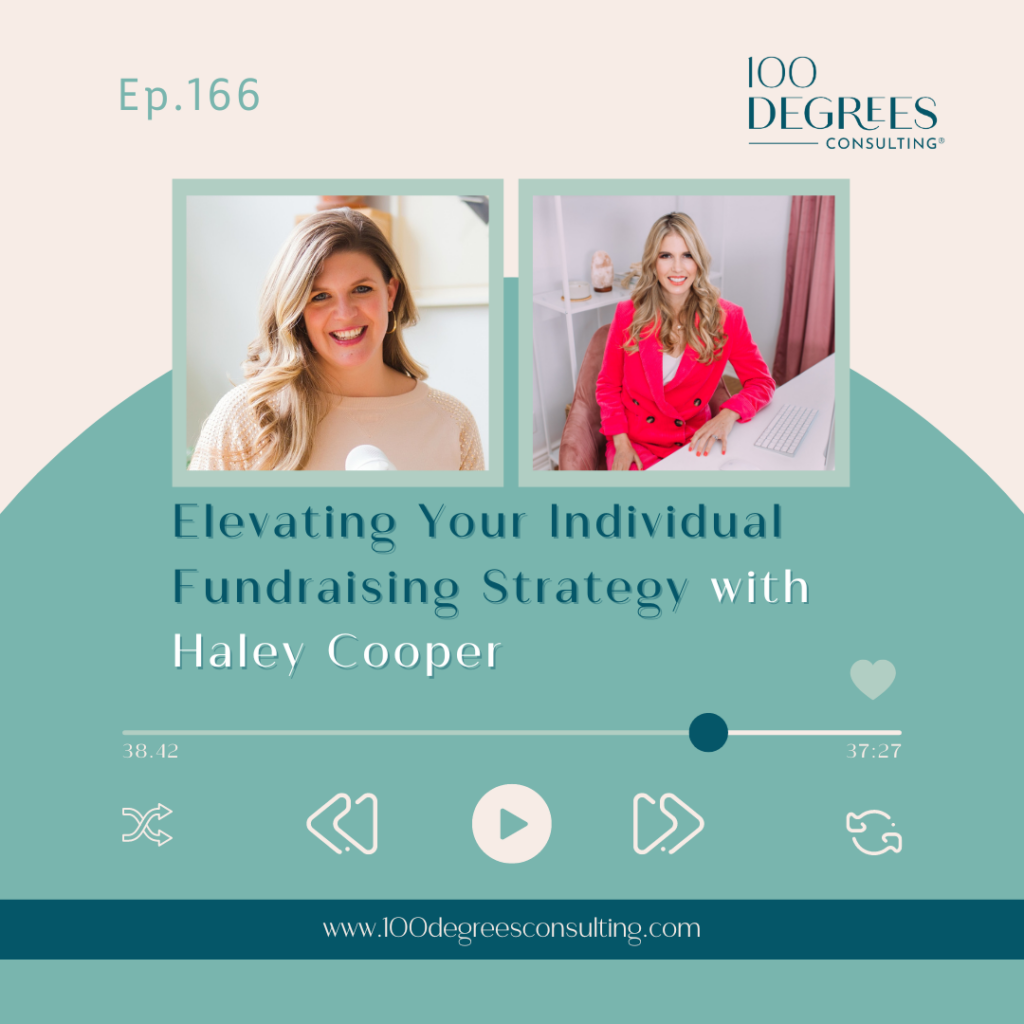I’m not a salesperson. I think my family, friends, and any type of self-assessment (Myers Briggs, Strengths Finder, etc) will confirm that I despise any type of self-promotion or selling. I’m the observer, the listener and the doer. Not the talker, debater or seller. Despite that, I’ve managed to raise $13,000 for buildOn by essentially selling the organization through my Boston Marathon campaigns but it wasn’t easy. Fundraisers, I tip my hat to you!
Back to sales. When I started this venture, I was focused on how I was going to sell my business. I Googled phrases like marketing your consulting business and how to pitch a potential client. But people know when they’re being pitched and they don’t like it, especially in the nonprofit world where so much of what we do is about empathy and understanding. In my head, I imagined entrepreneurs as hardcore business-people who talked loudly and people came running to pay for their services. Fortunately, I have a wonderful coach who helped shift my focus from selling (not my strength) to listening (my strength!). It was a transformative realization that I didn’t have to traipse around town with a bag of flyers, chatting to anyone who would listen about how I could help their nonprofit, but instead, listening to a few people’s pain points and frustrations.
Through these conversations, I’ve learned so much about what plagues many nonprofit organizations. We all know that there’s never enough money to help those we serve, let alone help our own staff. We care so much about what we do that we sacrifice – we work too hard, take on too much. Program staff, people whose expertise is in social work or education, are taking on financial responsibilities. They’re removed from their wheelhouse of strength and dropped into one they’re unfamiliar and uncomfortable with. This usually means that the numbers fall to the wayside – after all, it’s just a back-office function.
I believe that finance and administration is the backbone of any organization and without strength and consistency, the organization could crumble. Based on listening to many nonprofit leaders, I’ve developed a model that gives nonprofits the strength they need to thrive and grow while being gentle on their resources. Of course, this isn’t a one-size-fits-all solution but it is one-size-fits-many.
These structures work to keep people in their wheelhouses to better capitalize on their strengths and increase efficiencies which often = time and money saved. We can all use more time and money!
Remember when I talked about CFOs and organizations needing to see around the corner? It is pretty hard to have that vision when someone is spending only 10% of their time on the administration and financial health of the organization. CFOs aren’t the only ones needing to see around the corner – think about development staff or the CEO. Shifting financial oversight out of their job description creates space for them to be creative and entrepreneurial, thus expanding programs or reaching a new donor base. This is the sweet spot of growth and innovation.
I’m very excited and passionate first about my personal mindset shift from selling to listening, and second about this visualized, workable model which came about as a direct result of listening. Those light bulb moments are truly a beautiful thing.
Have you had a light bulb moment recently?



















